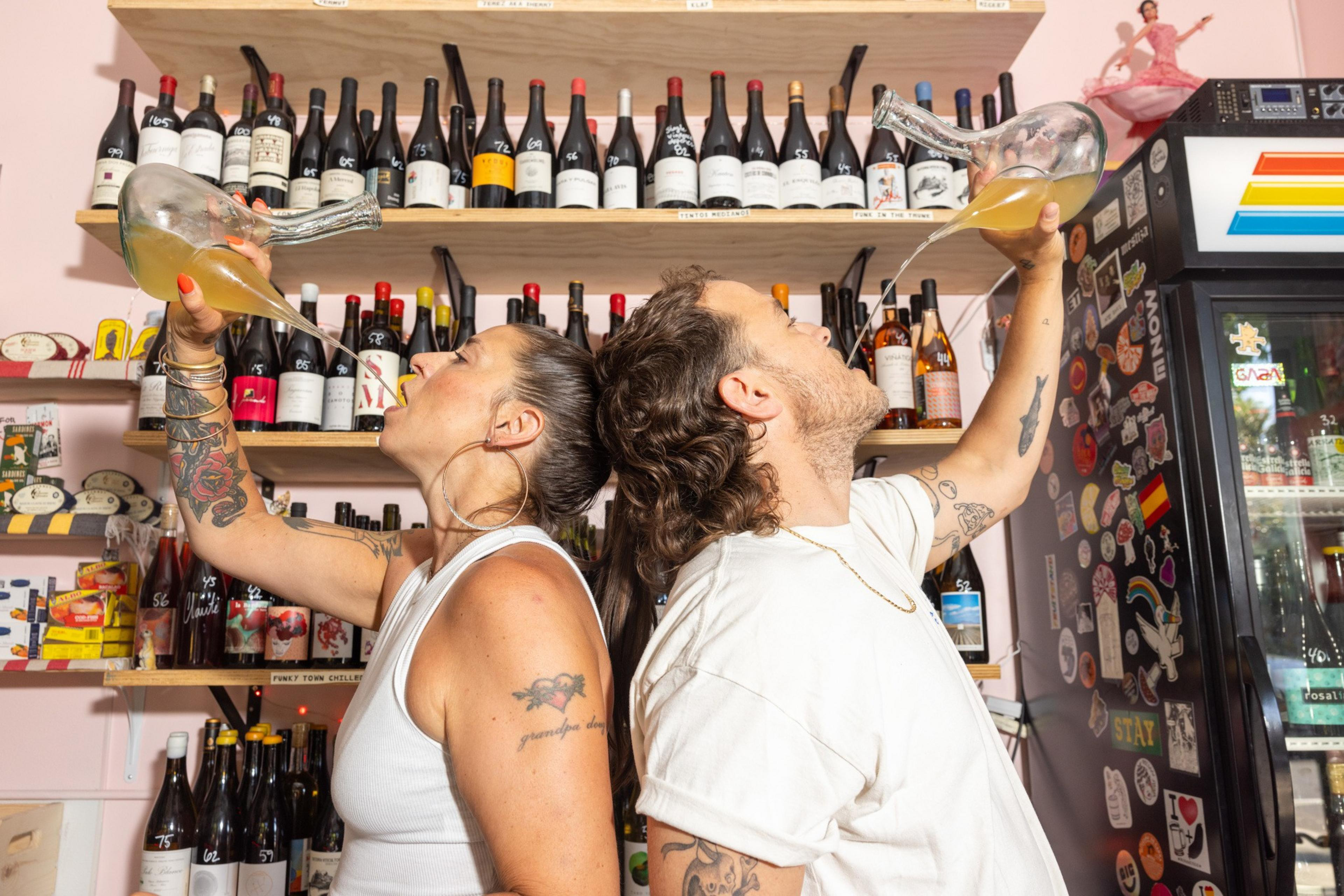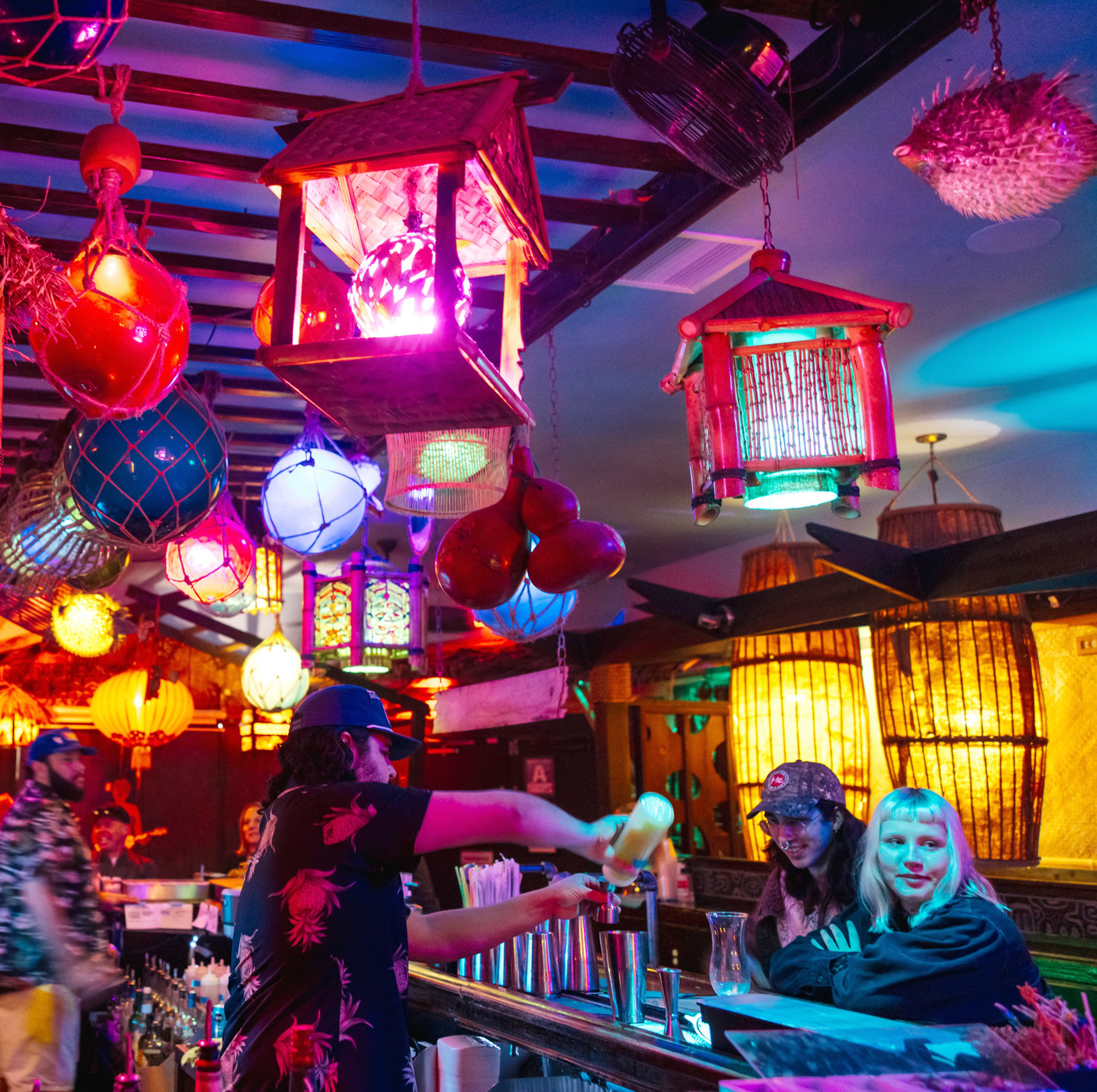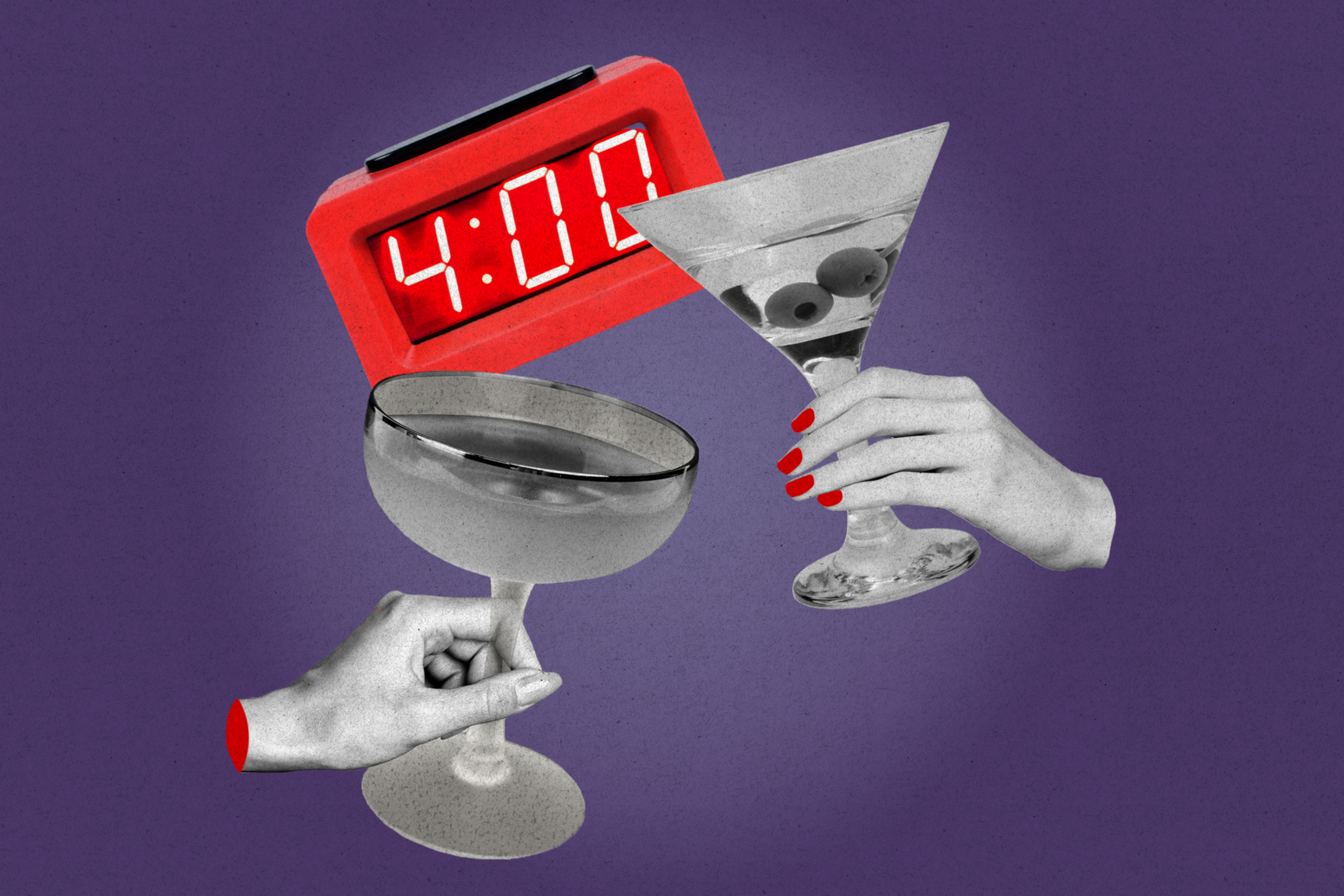For more than a decade, the dream of extending California’s 2 a.m. last call for bars and nightclubs has been a legislative white whale, with state Sen. Scott Wiener and former state Sen. Mark Leno mounting at least five efforts, only to fail every time.
That dismal track record isn’t stopping San Francisco Assemblymember Matt Haney from filing AB 342 (opens in new tab) this week. Haney believes he’s figured out a way to make a 4 a.m. last call happen — and he doesn’t sound like the guy ranting from the end of the bar, either. Instead of simply pushing for more partying, his legislation — a joint effort with Wiener — limits late-night boozing to weekends and in designated areas called “hospitality zones.” The legislation is framed around two concepts that might be music to many municipalities’ ears: economic revitalization and local control.
So, do we have a shot at having one more shot? Here’s the breakdown of where things stand.
What does the bill say?
California lawmakers have been unable to reach a consensus on allowing people to drink until late at night — or early in the morning. Haney’s bill effectively takes the decision-making out of Sacramento and puts it in the hands of California’s 482 cities, allowing them the option to create downtown “hospitality zones” near hotels, stadiums, and convention centers where bars and clubs would be allowed to serve alcohol for an additional two hours.
Even within the hospitality zones, the extended 4 a.m. cutoff would be in effect only on weekends and before major holidays, starting Jan. 1, 2026.

Why now?
Haney points to pandemic-era shifts in California’s attitude toward drinking. Many cities greenlit to-go cocktails and stopped enforcing open-container laws, he notes, and the sky did not fall. San Francisco and other California cities have to compete for convention business with New Orleans and Las Vegas, where alcohol rules are less strict. Throw in the fact that the next Super Bowl will be played at Levi’s Stadium, and L.A. will host the 2028 Summer Olympics, and it’s time to re-evaluate.
Lastly, the current crop of representatives in Sacramento may be, well, hipper than their predecessors. “We have a younger and more diverse Legislature that understands it’s OK for people to go out and have fun,” Haney said.
Haven’t we heard this before?
We sure have. Lawmakers have attempted to create 4 a.m. pilot programs narrowly targeted to a handful of cities, including San Francisco, West Hollywood, and Palm Springs. Other versions required counties to petition state alcohol regulators for exemptions or attempted to find compromise by settling for a 3 a.m. cutoff. In 2018, a bill passed both chambers, only for Gov. Jerry Brown to veto it, citing his distaste for the “mayhem” it would cause.

This time is different, Haney said. For one, his bill is about letting jurisdictions decide for themselves. If they want to opt in, then decisions about process and permits will be made at the local level. “And if a city doesn’t want to do it, then don’t do it,” he added.
Why has opposition been so strong?
Apart from wary lawmakers and their teetotaler energy, one persistent source of opposition has been the California Association of Highway Patrolmen, which argued that a 4 a.m. last call would lead to more DUIs and car crashes.
Not anymore. The CAHP has switched its stance from “oppose” to “neutral.” Association reps did not reply to a request for comment, but Haney said the Highway Patrol was persuaded by data showing that people increasingly turn to rideshares in lieu of driving. Additionally, the weekend-only provision mollified opponents who want to ensure that late-night drivers and early-morning commuters don’t share the road. In fact, Haney says, there is no registered opposition (opens in new tab) to the bill.
Lastly, letting people stay out later may actually improve safety. As Ben Bleiman of the California Nightlife Association put it, keeping the lights on and security personnel out is a deterrent to violent crime and property crime.

What about Lurie’s “entertainment zones”? Are those the same as “hospitality zones”?
The short answer is no, although this is where things get complicated. Mayor Daniel Lurie has established five “entertainment zones (opens in new tab)” in San Francisco where people can buy to-go cocktails. They’re in nightlife- and tourist-heavy areas, such as Valencia Street, Union Square, Pier 39, and parts of SoMa.
The explicit purpose is to support bars and restaurants. However, if Haney’s bill passes and San Francisco implements a downtown hospitality zone, its footprint will likely overlap at least one of the entertainment zones.
Even more confusingly, the San Francisco Police Department already has a separate designated “hospitality zone” covering Union Square and the section of SoMa around the Moscone Center. This is an unrelated effort intended to direct cops and resources to ensure that visitors to San Francisco feel safe. It has nothing to do with drinking.
What about other neighborhoods in SF?
One benefit of late-night hospitality zones is that they may allay fears that residential neighborhoods would be popping off into the early-morning hours. However, Haney says, there’s nothing stopping a city from choosing to designate more than one zone. In San Francisco, the commercial heart of the Castro might be a good candidate.
Speaking off the record, two Castro bar owners told The Standard they strongly favor extending last call on weekends. “1 billion percent,” one texted.
So are the 4 a.m. stars finally aligning?
Haney concedes that it is not a done deal. But he believes the need for economically viable downtowns will win out. “You don’t have to be someone who goes out till 3 a.m. to see how we can have a benefit to our state,” he said. “People broadly understand we’ve gotta have fun.”
